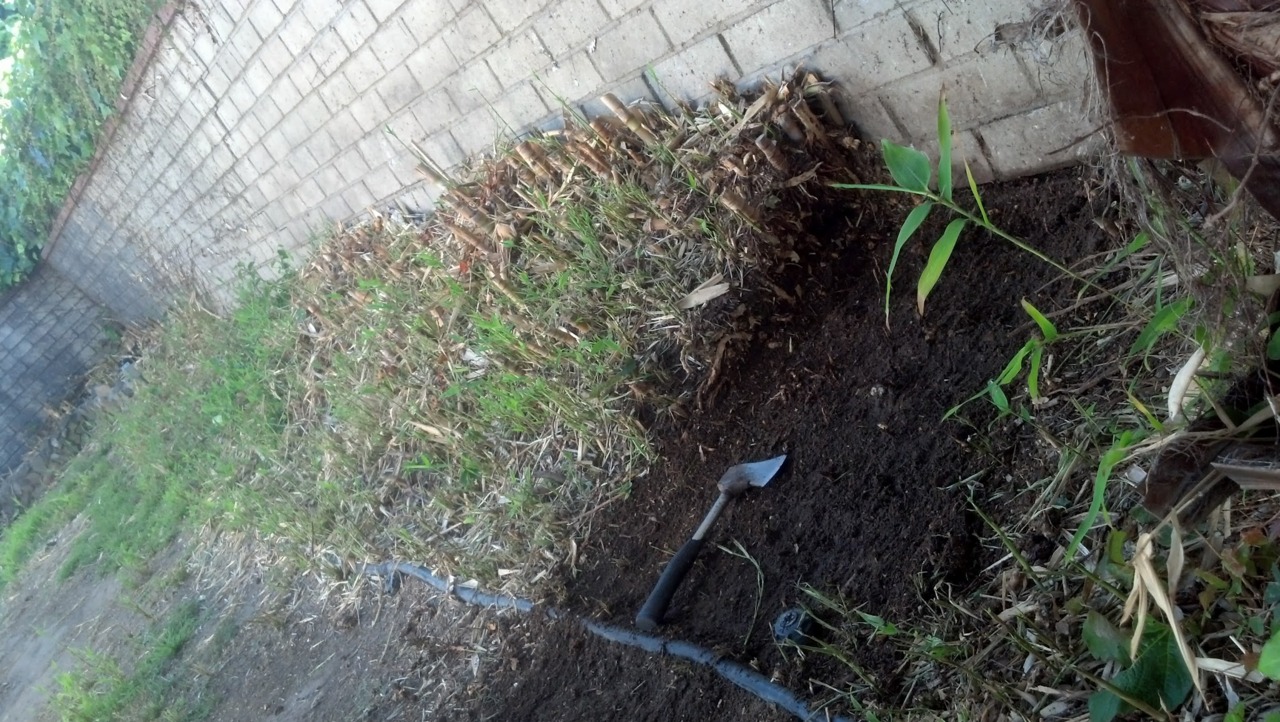This weekend, the California Library Association’s Student Interest Group sponsored a collaborative, informal workshop on professional development. The event was headed up by Young Lee and I served as one of the panelists along with Cynthia, Mary, and Allison. We spent a good amount of time talking about networking and getting the most out of professional organizations so I thought I would share some of what we discussed. Here is a brief slideshow (with storm troopers).* Main points and bullets below.
1. Join digital communities. Great way to keep up with the latest discourse and trends. Also a way to introduce yourself to others in field and begin building relationship that can flourish IRL. Specific communities mentioned included: ALA ThinkTank, active listservs, and #libchat on Twitter.
2. Give away your time for free. We didn’t get into this profession for the money. Your best work will often be “off the clock” (cf. the invisible college). Develop your reputation as a willing leader and dependable colleague.
3. Build something. Eventually, you want to be know for what you can ship. Thankfully, we live in a startup-friendly culture that encourages fast prototyping and beta stages. Be willing to fail, but also be willing to put as much out there as you can until something sticks. You are what you make.
4. Build you own community. Determine what your own interests are and build communities around them (cloning yourself helps). Leverage the low cost of digital technologies to bring interested parties together to work on #3 above.
5. Limit yourself. It easy to spread yourself thin in our profession. Limit the number of professional organizations you work with so that you have the time and attention to dive into the nitty-gritty of each. Also, consider alternating the perspective from which you interact with the organization: top-down vs. bottom-up, e.g. get involved with the leadership of one organization and the ground work of another.
*Ok, so actually this was a presentation I prepared but didn’t have the chance to present. But these slides were too much fun to just cast aside so I hope you enjoy them.

